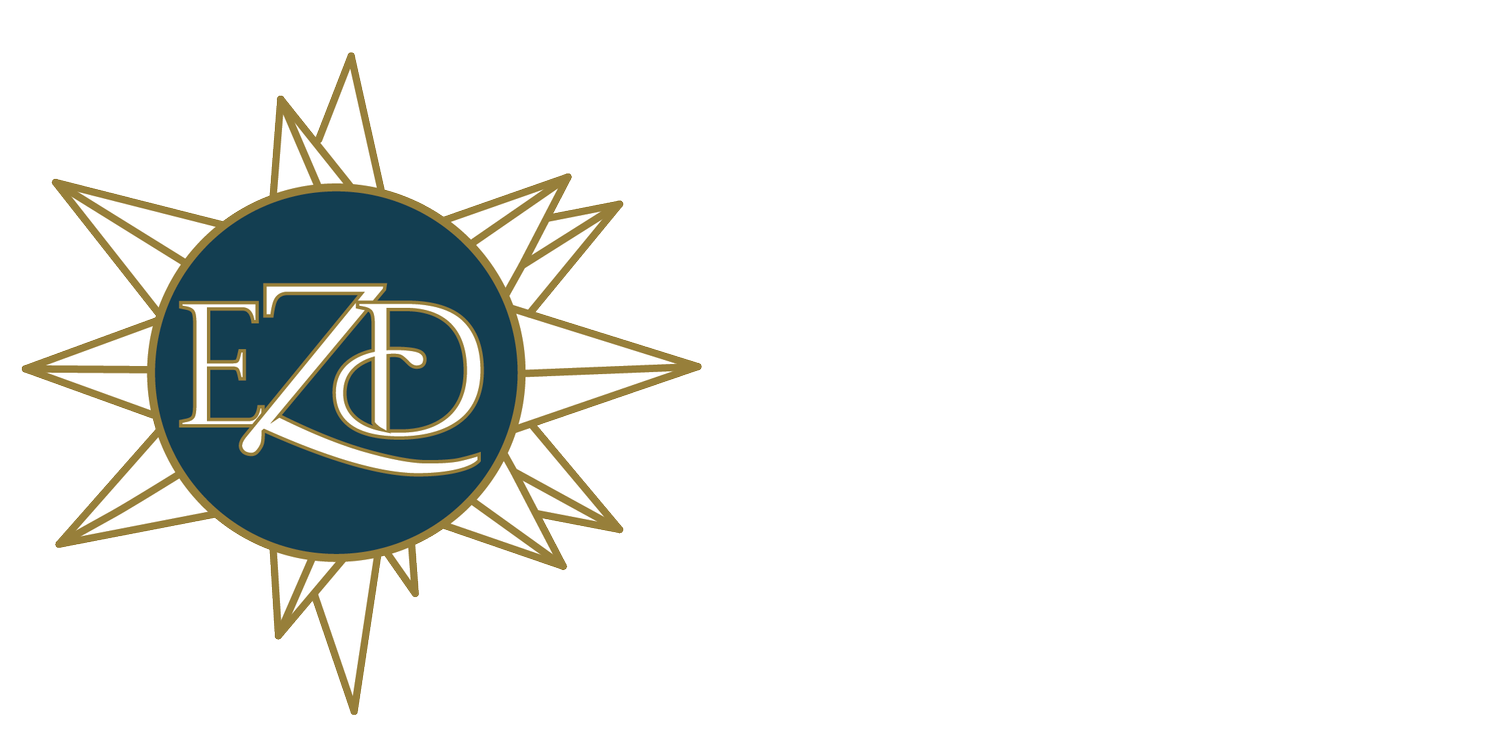On Leaving San Francisco & Loving Oaxaca
View of San Francisco looking north from Bernal Heights Park. © 2017 EZdrinking
August 1st, my family and I gave up our rent controlled studio apartment in San Francisco and moved to Oaxaca, Mexico. Given the current housing market in San Francisco, we are well aware that this probably means we will never be able to afford to move back. But, we made our peace with that and embraced the adventure. Two months in we have seen a riot, a four week garbage strike, and two major earthquakes. That being said, there is a lot to like, even love about Oaxaca.
Moving away from the Bay Area and the only home I've ever known, I expected to be somewhat homesick and pine for all that San Francisco has to offer. But after some time to reflect, I can honestly say there are not many things that I miss about San Francisco. While I have yet to find a substitute for the perfectly portioned cappuccinos from Ritual and Four Barrel, much of the food and cocktail culture that makes the City an exciting place to live was quickly moving out of economic reach for us.
That being said, the thing I miss the most about San Francisco are the people. My my work, our church, and our neighborhood allowed my wife and I to create a fantastic and supportive community that continued to grow and expand. One of the things that I like most about San Francisco is the opportunity the City provides for networking within your field and the ability to meet people from very different walks of life. I could walk into any number of bars or cafes in my neighborhood and meet tech entrepreneurs or an electrician, Chinese immigrants or gay transplants from Georgia. But, despite our fantastic community and all that the we love about the City, the mundane activities of buying groceries, paying for healthcare and childcare were beginning to take a financial toll.
Through a series of conversations with friends and family, we decided to move to Oaxaca, Mexico for a 6 month trial period. One of the great advantages of living here is the reduced cost of living. And, after being here for a couple of months I was able to realize the emotional strain the financial stress of San Francisco had caused. I now feel much more at ease which has made it easier to deal with a new cultural as well as the difficulty associated with living outside Oaxaca City without a car.
Oaxaca has a very strong sense of pride in its culinary contributions to Mexico and the rest of the world. Coffee, chocolate, mole, mezcal, and new to me, the rich and creamy chocolaty drink called tejate. In addition to enjoying this rich culinary tradition, Oaxaca City and the surrounding areas are large enough to be a thriving metropolis with lots of interesting events, and small enough that lots of people know each other within a given field making it somewhat easier to network.
Oaxaca is a vibrant, bustling, fun and at times chaotic, and confusing place to live. Most people we have met love our kids and have been very warm towards us, which has made living here much easier. Here we can afford to put our oldest son in preschool which has been great for him. And, like San Francisco, the best part of Oaxaca has definitely been the people and their willingness to welcome us and share their rich lives full of family, food, drinks and history. These new relationships have allowed me to deepen my knowledge of mezcal and Oaxacan coffee but, more on that later.
View from our back patio in Huayapam, Oaxaca, Mexico. © 2017 EZdrinking
